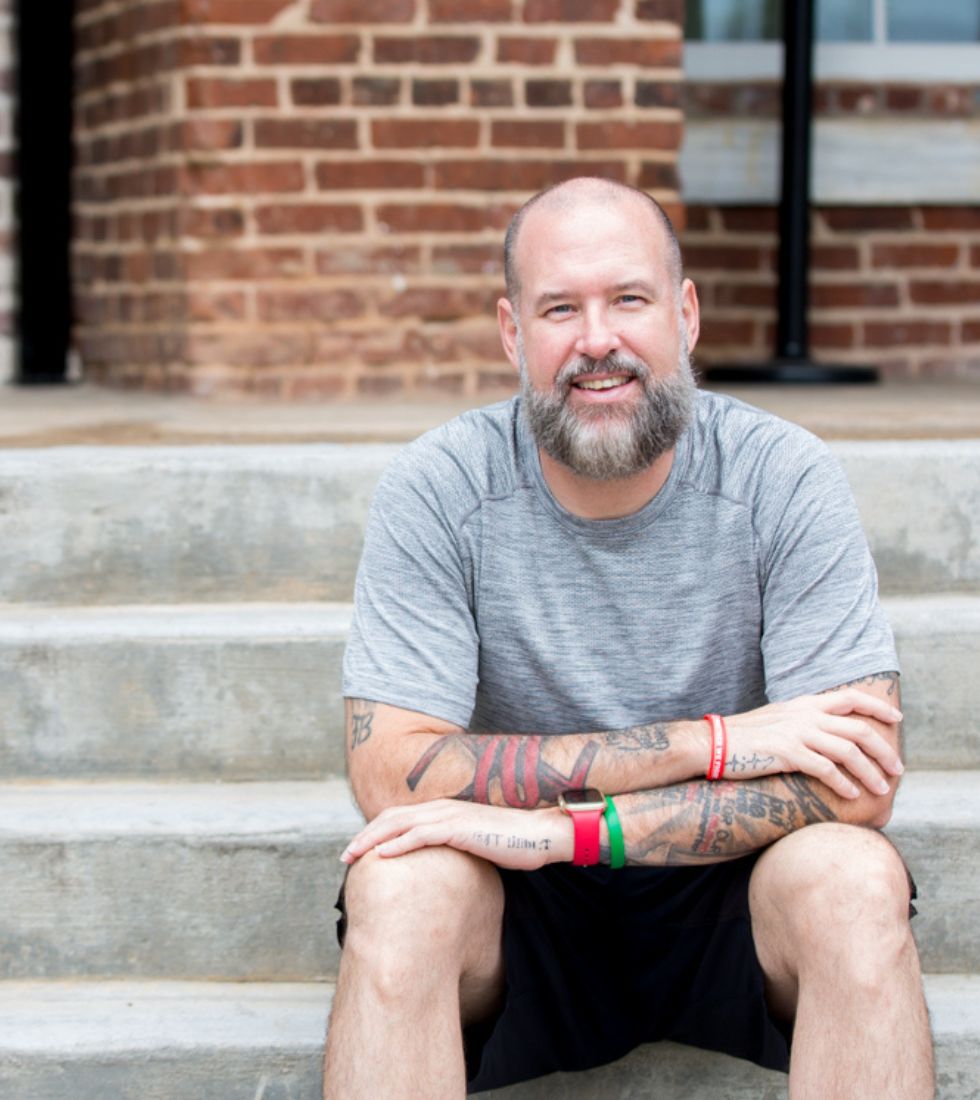By Ryan Light, Running/Anxiety Coach
What is Anxiety?
You’ve probably heard that breathing can help anxiety. However, to fully understand their relation to each other, we should know what anxiety is. Anxiety can manifest itself in various forms, and it usually has intense feeling of panic and fear. For most people they have common causes of anxiety like, financial problems, exams, health issues. However, anxiety for these types of situations usually end after being resolved. For some people, however, there are times where anxiety still persists after a given situation, or for some made up situations in their head. These unwanted thoughts and fears start the feeling of being anxious or upset, when this occurs he or she causes their breathing to become shallow which can worsen the situation, and start an endless loop of more anxiety, more shallow breathing. Fortunately, there is help with a little practice and persistence learning to control your breathing and help reduce and most often eliminate anxiety.
How does breathing helps during anxiety?
I know what you’re saying, this is a running blog, why is he writing about anxiety, or better what does he know about anxiety? Having live with anxiety most of my life I know first hand the drastic effects it can have on one’s life. In fact, this is why I started to run and found that running helped me manage my running. Suffering from anxiety, OCD, and panic most of my adult life I know with some practice, patience, and fortitude one can use breathing as a way to help manage/eliminate anxiety. There have have been many studies on breathing and why/how it helps with anxiety. According to Jeffrey Rossman, Ph.D., breathing has several health benefits including depression and anxiety. When you breathe with your diaphragm, it improves the vague nerve in supplying parasympathetic fibers all over our body. This has been shown relation to lowering stress and releasing the anxiety.
What Breathing Techniques Can Help Reduce Anxiety?
Deep Breathing Technique
There are several ways you can do deep breathing exercises. One simple way is sitting on a chair, with your back straight and your hands on the armrest. Take deep and slow-paced breaths through your nose for not more than six seconds. Use your mouth to exhale for seven seconds. Do ten sets of this exercise. This could be a complicated exercise for beginners but practice will make it easier. Aside from deep breathing on a chair, you can also try it while doing household chores, walking the dog or climbing the stairs. Deep breathing is a great way to soothe you and lower your blood pressure.
Count Breathing Technique
This exercise for beginners is started by inhaling and exhaling through your nose, each breath with four counts. This will create spontaneous resistance to the breathing. The more experience you get the more counts per inhale/exhale you should do. You can do this exercise anytime at any place. However, we recommend you conduct count breathing on your bed. This is a good way to help you sleep at night.
Carbon Dioxide Re-Breathing Technique
The exercise involves covering your mouth using your hands and then breathing at a slow pace. A paper bag can also be useful. This method prevents carbon dioxide from leaving your body and instead return to your lungs which cause Co2 regeneration in your system. Keep doing this for a few seconds. It may not completely stop anxiety attack but it can lessen the harshness of symptoms.
Progressive Relaxation Breathing Technique
Start by closing your eyes and focusing your attention on tensing and relaxing every muscle group in your body for a few seconds each. You can begin with your toes and feet, gradually moving to your knees, thighs, back end, torso, arms, hands, neck, jaw, and eyes. While doing this, you need to keep slow and deep inhalation and exhalation. This is best done at home. If you feel dizzy, you need to soften the exercise for a few seconds.
Bumble Bee Breathing Technique
For this exercise, you will need to find a quiet place where you can be by yourself. The first thing to do is to relax both sides of your shoulders. And then close your throat a little to hear your breathing better. Next is to cup both of your ears using your thumbs while your fingers cover your eyes. Maintain lightly closed lips and a minute gap in between your teeth. Relax your jaw and exhale, creating prolonged, silent humming sound like a bumble bee. Keep making long and smooth exhaling. Repeat breathing for five to ten times. For a few minutes, conclude the exercise by doing prolonged low breaths.
Abdominal Breathing Technique
To begin this exercise, your hand should be placed on your chest will the other is put on your belly. While holding this position, take a deep breath through your nose. This will help the diaphragm to inflate with air and cause your lungs to expand. Your objective is to be able to do 6-10 deep and steady breaths per minute. Do this for 10 minutes every day. This could be helpful before taking an exam or a big event.
In conclusion, anxiety, deep breathing, breathing and stress are interrelated to each other. I found that breathing exercises are very helpful in preventing and treating all types of anxieties. These can be advantageous for people of any age, size, gender or race. Overall, maintaining healthy respiratory system and general lifestyle help prevent anxiety.
Checkout this comprehensive blog from my friends of at Healthankering – Guided Breathing Exercises: 19 Best Breathing Exercises Calm Your Mind & Body
Comment below on how you manage stress and anxiety.
Looking for an anxiety coach? Please reach out to contact me as I’ve helped dozens of people beat their anxiety and get back to living life.

Somatic coach (therapist) in Canton, GA, and Worldwide Life Coach dedicated to inspiring and assisting people worldwide through candid conversations about anxiety. Having personally battled general anxiety, panic disorder, and OCD, I understand the daily challenges those grappling with anxiety face. My journey involved searching for the right therapist, medication, and natural supplements and undergoing various tests. It was only after deciding to reclaim my life that I finally overcame anxiety’s hold. I’m passionate about helping others conquer their struggles and discover their life purpose.

